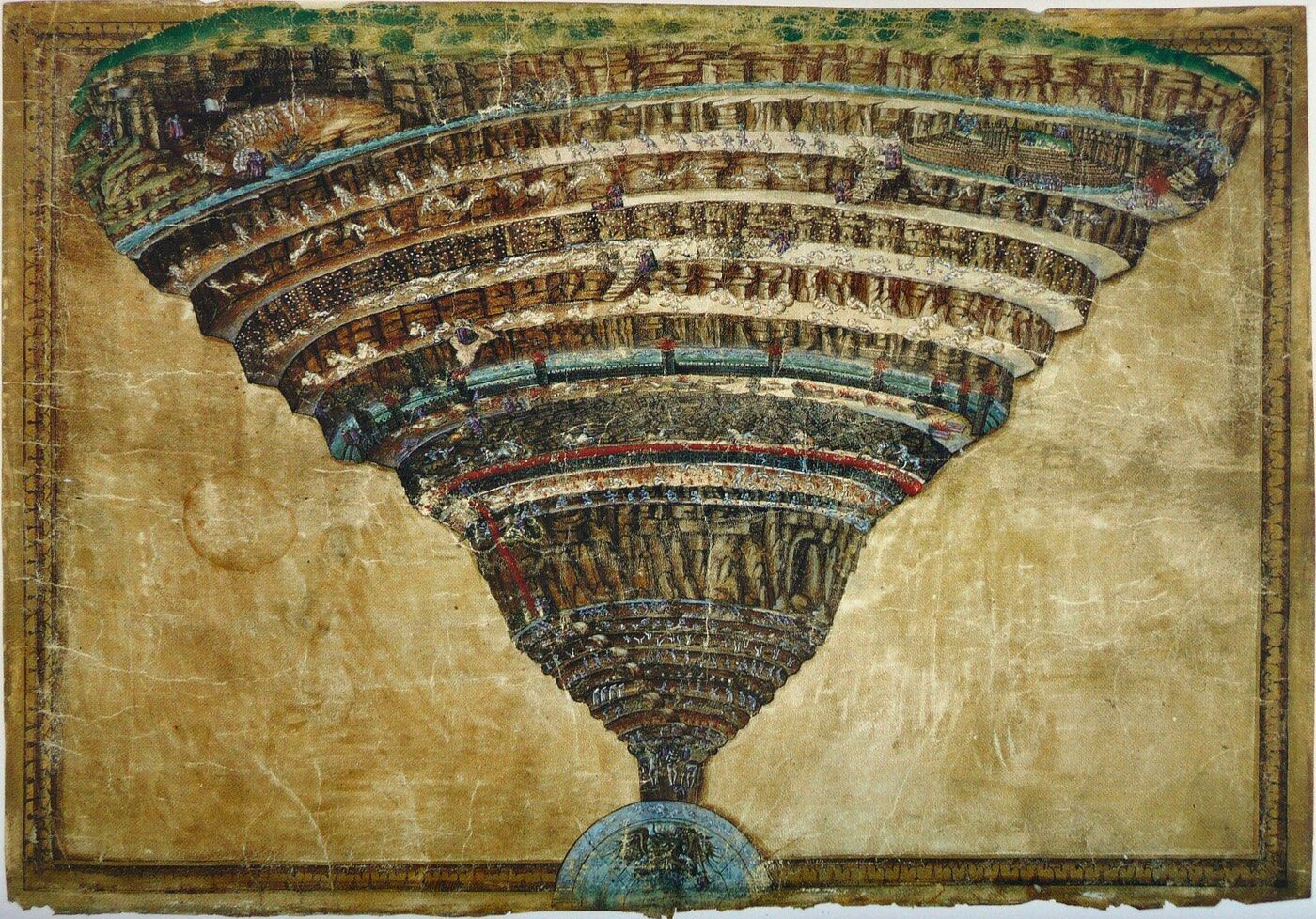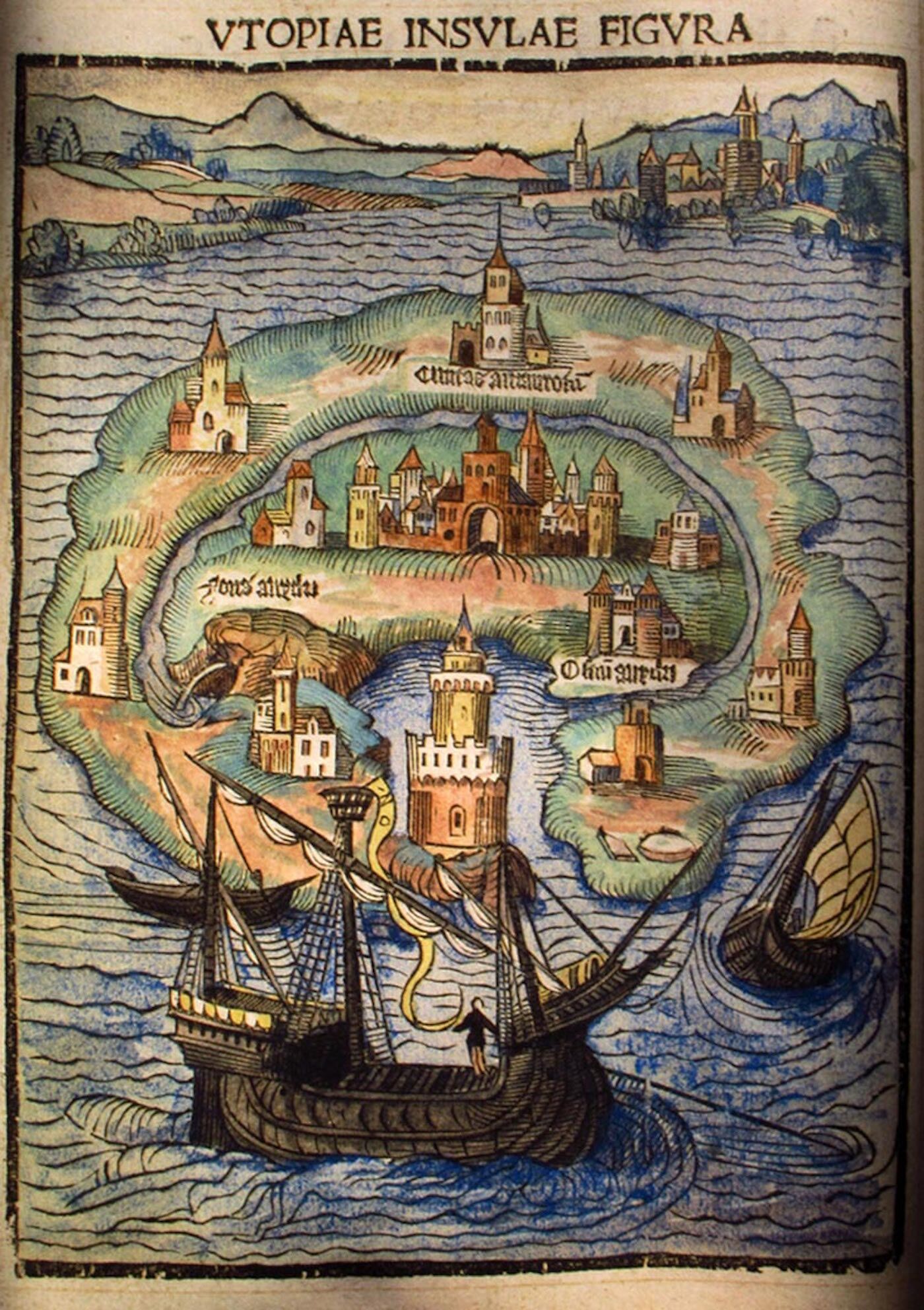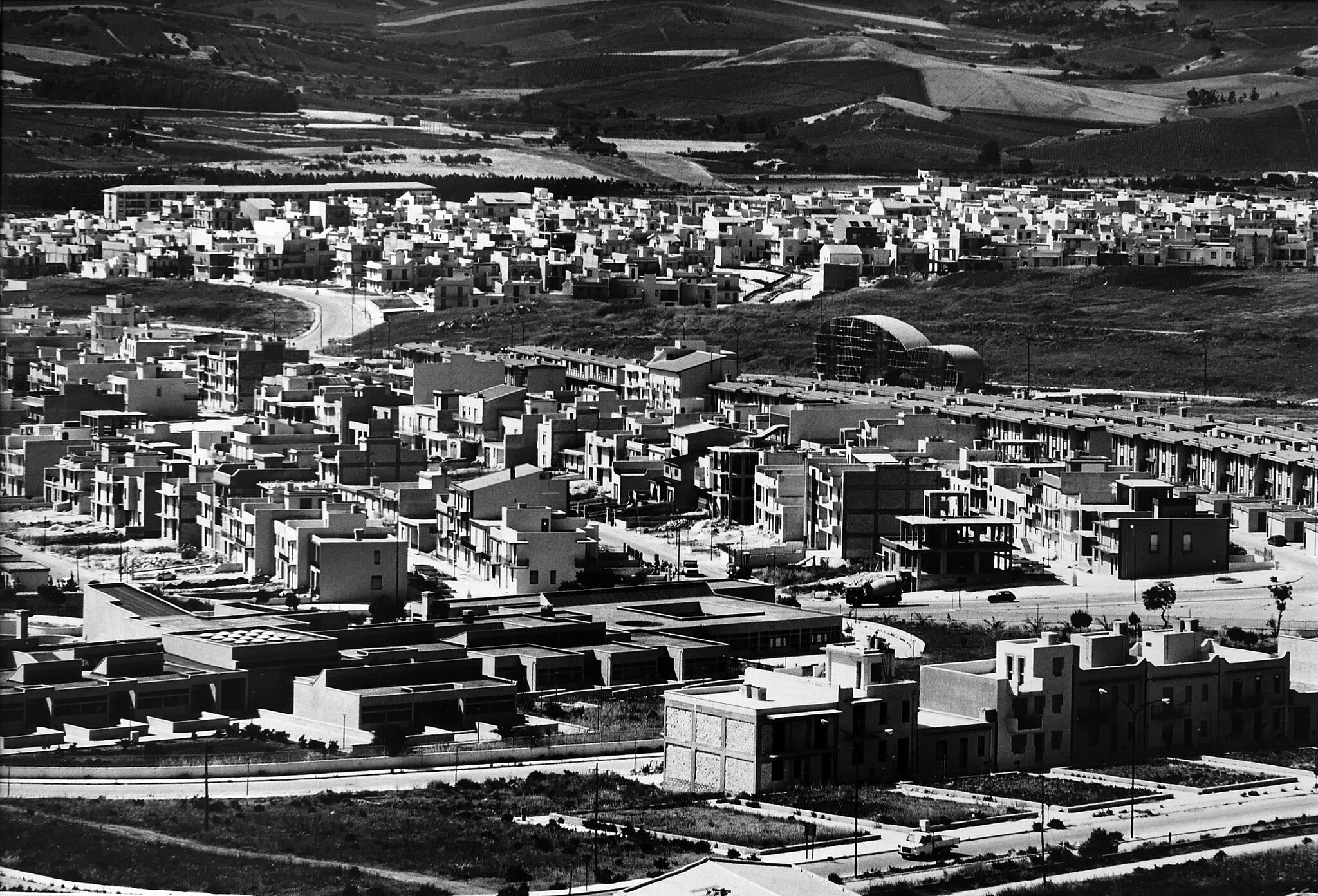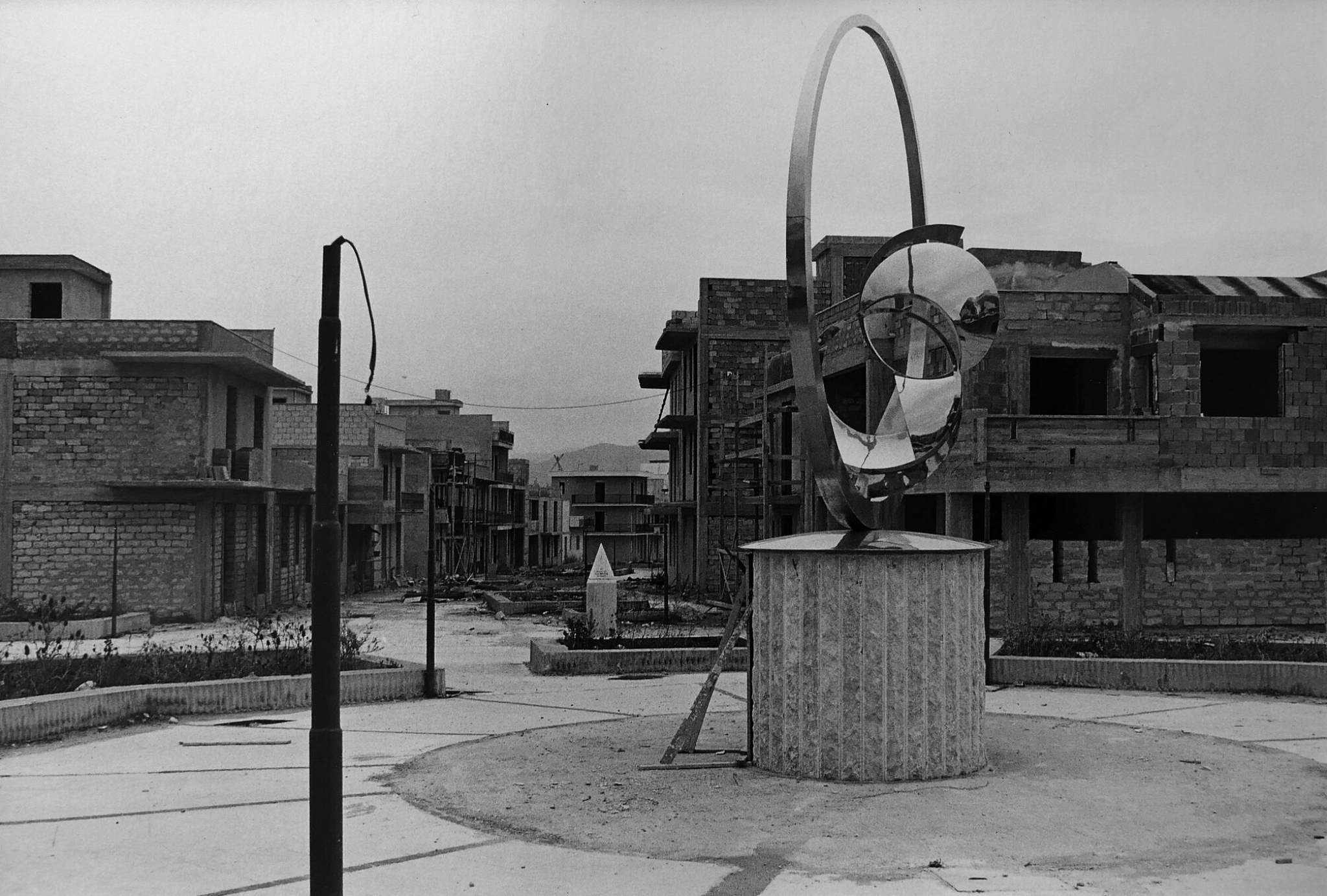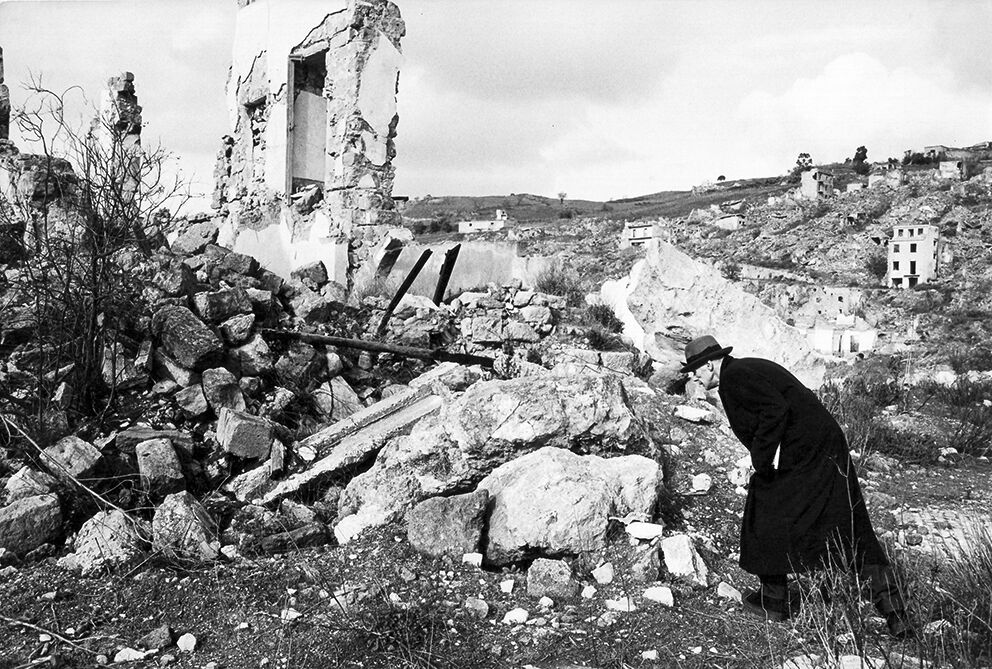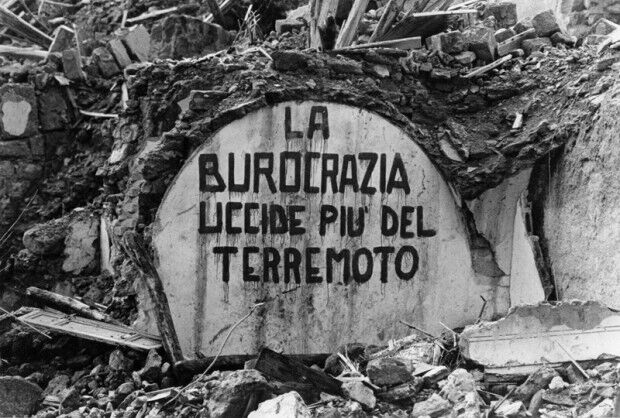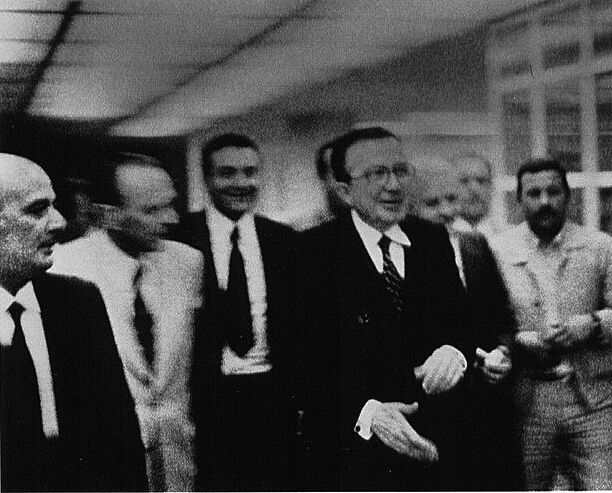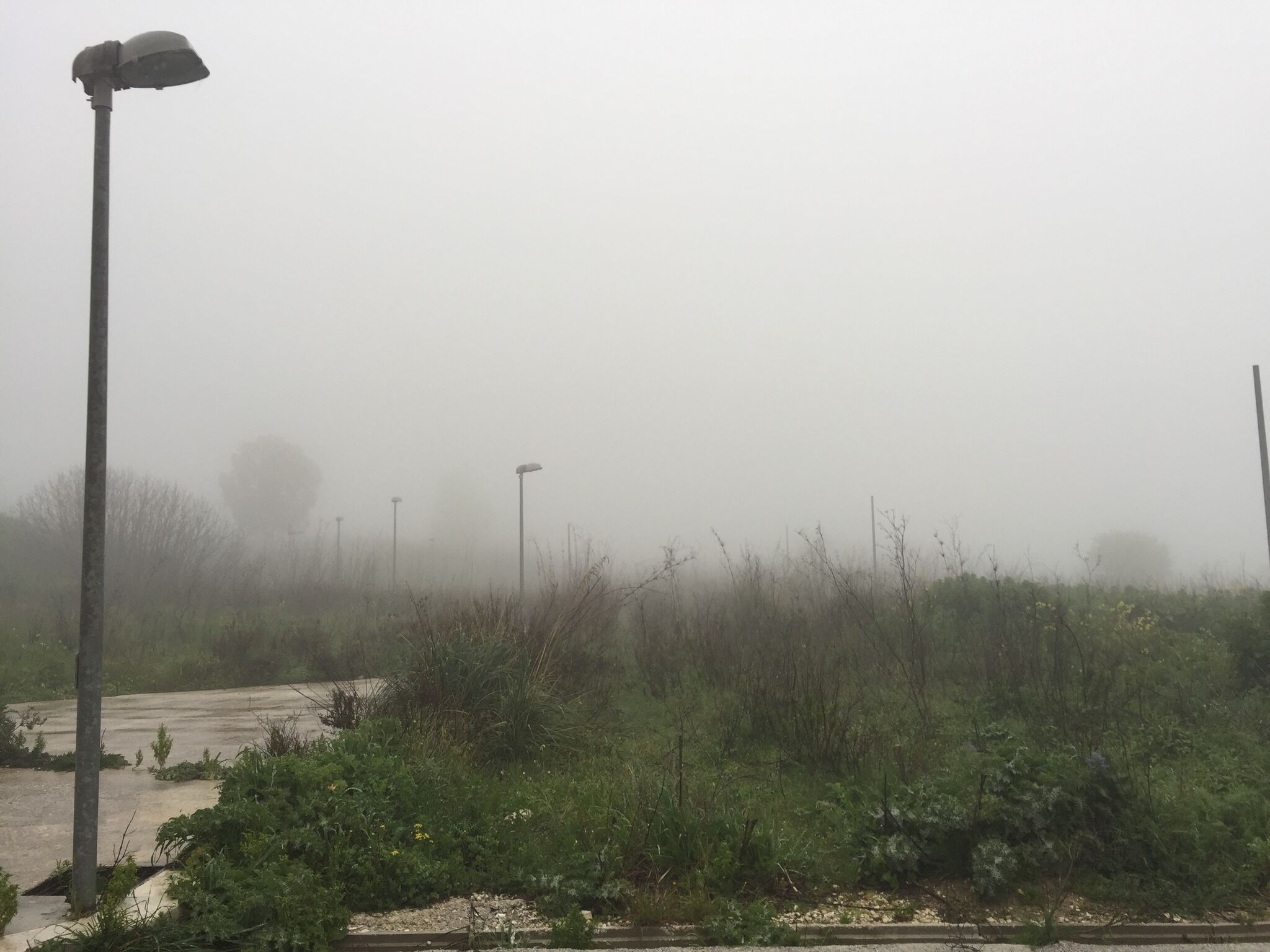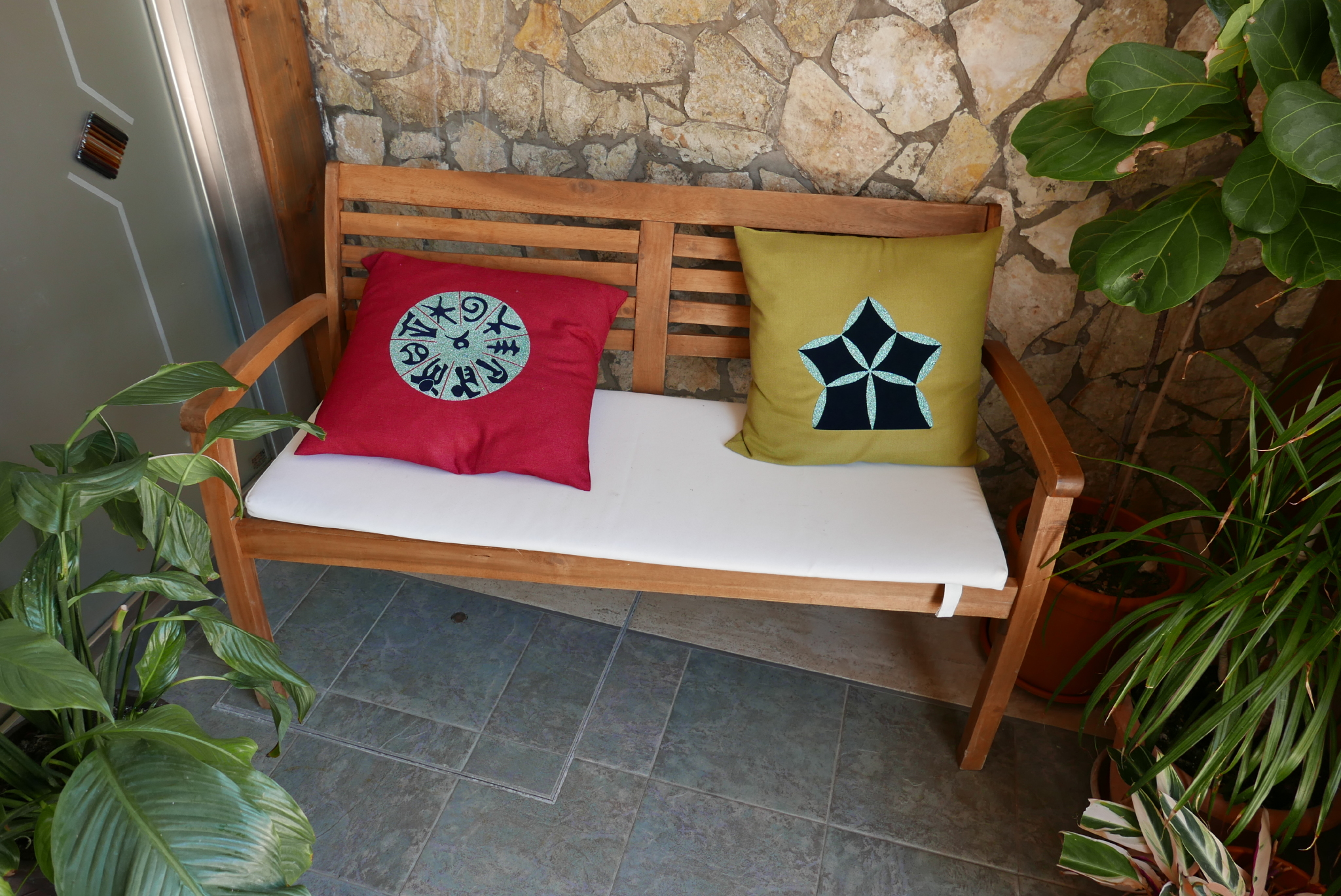BELÌCE ATLAS
BY TRAUMA
The town’s projects have been condemned as representing “the cemetery of the avant-garde”: a failed experiment in the spectacular, monumental and fragmented, and an unwitting and uncanny staging of Robert Smithson´s notion of entropic “ruins in reverse”, further compromised by the scant concern apparently shown for the lived experience of local inhabitants. ― David Williams
Manifesto Gibellina Nuova experiments with a new creative mediation model.
“Belìce Atlas” is the foundational step of Manifesto Gibellina Nuova that will serve both as a blueprint for Gibellina to plan its future and a research framework to ensure that Manifesto Gibellina Nuova achieves a real long-term impact for Gibellina citizens.
Manifesto Gibellina Nuova – Dream in Progress is trying a new creative mediation model – an in-depth urban research to decode the Belìce Valley before defining the creative program, as a way of preparing the canvas on which a painter can start working. For Manifesto Gibellina Nuova, we appointed a world leading architecture firm, TRAUMA to carry out the research.
The result is the “Belìce Atlas”, an interdisciplinary investigation of the Belìce Valley covering architecture, archaeology, anthropology, archival research, personal histories and memory.*
A team of local, interdisciplinary creative mediators will translate the research into the creative program for Manifesto Gibellina Nuova. The outcomes of the urban study will be translated into a creative program by interdisciplinary and local creative mediators. The aim of this model is to provide inside expertise and new, long-lasting perspectives to Gibellina Nuova and give tools to Gibellinese to unlock the future of their amazing city.
"Offering the city of Gibellina a reflection of great value, Belìce Atlas shows the story of the city’s past and recent history through the perspective of the future. Belìce Atlas captures the complexity of Gibellina and its inhabitants, as well as historical and current connections between the city, the Belìce Valley, the Mediterranean and Europe. The study shows the joint commitment of the City Hall and Manifesto Gibellina Nuova to develop an exhibition that is truly engaged with Gibellina’s cultural richness, its history, hospitality, spirit of peaceful co-existence and the city’s vision for the future."
— S. Mattarella
"Manifesto Gibellina Nuova’s Belìce Atlas will function as a sustainable instrument, further developing a longlasting legacy of the Manifesto Gibellina Nuova – Dream in Progress exhibition."
— H. Lecube
Belìce Atlas Foreword by TRAUMA
“There is no fixed way to approach Gibellina.
The city cannot be reduced to a single statement or to a precise definition. It is rather a complex mosaic of fragments and identities emerging out of centuries of encounters and exchanges between civilizations. Gibellina is historically cosmopolitan. Its material archeology, cultural legacy, somatic traits and ecosystems are the tangible evidences of a long lasting trauma.
Today, Gibellina can be considered an archipelago of the global: not a globalized city per se, but rather an incubator of different global conditions, that here reveals unique problematics, characters and potentials, making the city an ideal blueprint for the Mediterranean and the EU as a whole.
At the same time Gibellina Nuova is probably no longer a city as we know it; it acts as a node for an extended geography of networks and systems that reach far beyond the EU-Mediterranean Area rapidly reshaping its identity and role within the geopolitical scenario.
The local realities in the city are an expression of new globalized conditions. At the same time, they bring evident traces of a highly specific autochthone culture and of the city’s controversial modern history. It is in this tension between a fluid global identity and an irreducible milieu where Gibellina Nuova finds its complex and specific character in the age of post globalization.
The work that follows represents an attempt to investigate both aspects: on the one hand it uses the city to script the story of a whole region; on the other it is a reflection on characters that are specific to Gibellina Nuova and the Belìce Valley. It is based on an omnivorous collection of stories and testimonies gathered on the ground and supported by data. Overall, it aims to offer a critical point of view on the city, through a selection of snap-shots representative of its present status. Based on the format of a magazine – a special issue on the Belìce Valley and Gibellina – the document is structured into articles, each one developed around a number of topics:
- The narration on the Belìce Valley through the lens of its historical role as an epicenter. Extending the notion of “journey” and “traveler”, it spans from the historical dimension of the first Arab scholars travelling to Sicily since the IX Century, to the most recent impact on the city of migration (of men and other species), tourism, climate change and social and tectonic topography of trauma;
- The exploration of the physical, political and emotional bond between the town and its controversial post-earthquake history, through media, architectural testimonies and private memories;
- The identification of those sites and stories that are representative both of the physical archaeology of the city and its current conditions, and the illustration of a selection of places, projects and parcours for the exhibiton. An urban acupuncture stands as a strategy. Manifesto Gibellina Nuova will question the dominant identity of a visual arts exhibition by unleashing a number of different interventions, based on local partnerships and long term impact.
The information collected here is the result of a series of formal and informal encounters and conversations with selected citizens in the course of the study project. Our most sincere gratitude goes to them and their invaluable contributions.”
* Topography of trauma is a research project, begun in 2008 as recognition on a European scale of sites affected and modified by different types of trauma, which then took the form of a more detailed study on the Belìce Valley in Sicily. The activities of Landform, in fact, converge in unique experience: training, cultural production, cross-media broadcasting, community involvement called upon to provide narratives then elaborated by the outsiders. The objective of the platform is to generate different forms of exchange and knowledge in which experts and researchers from different disciplines and professional fields can work together to create new visions of places and to support deliberate actions in the political, economic and cultural fields.
Topography of Trauma, Belìce Valley, Sicily: A Landscape Survey. Curated by Laura Cantarella and Lucia Giuliano




